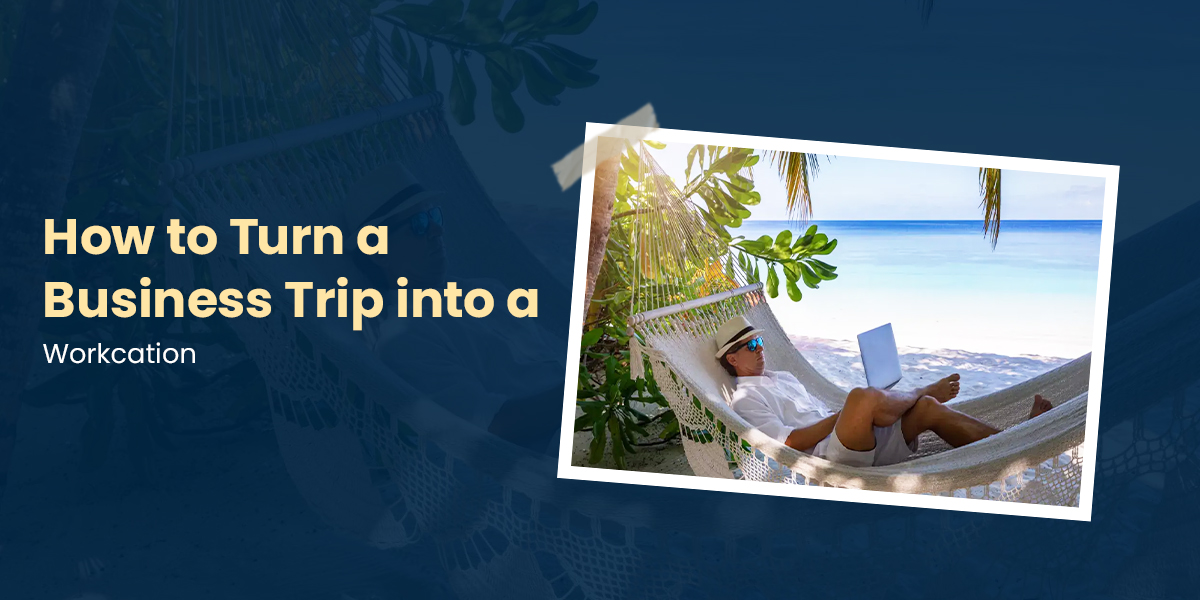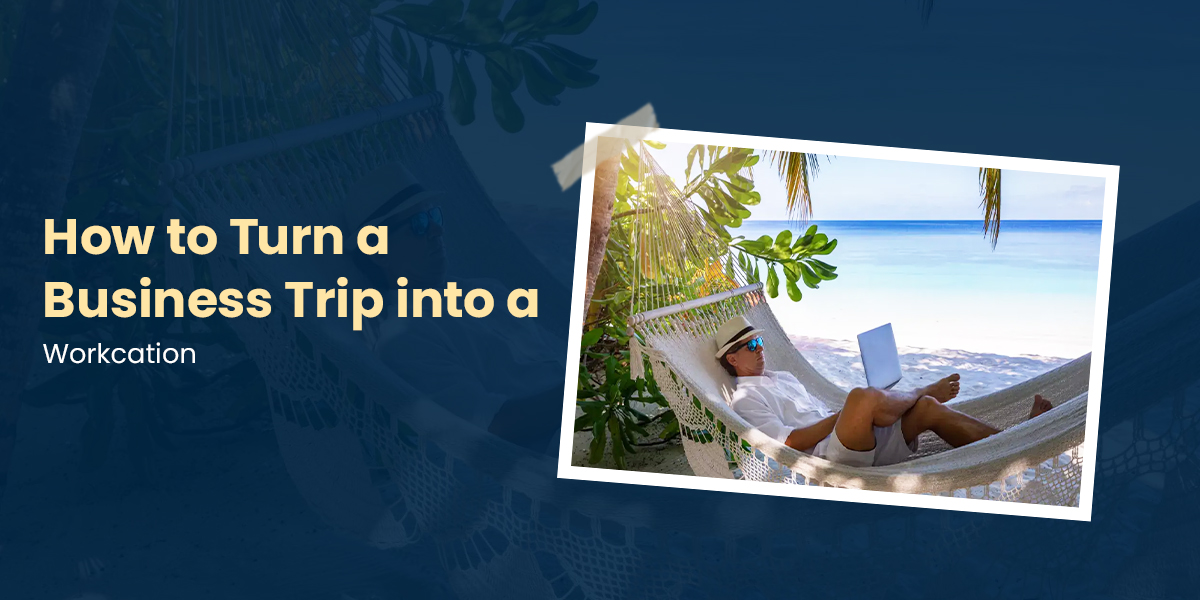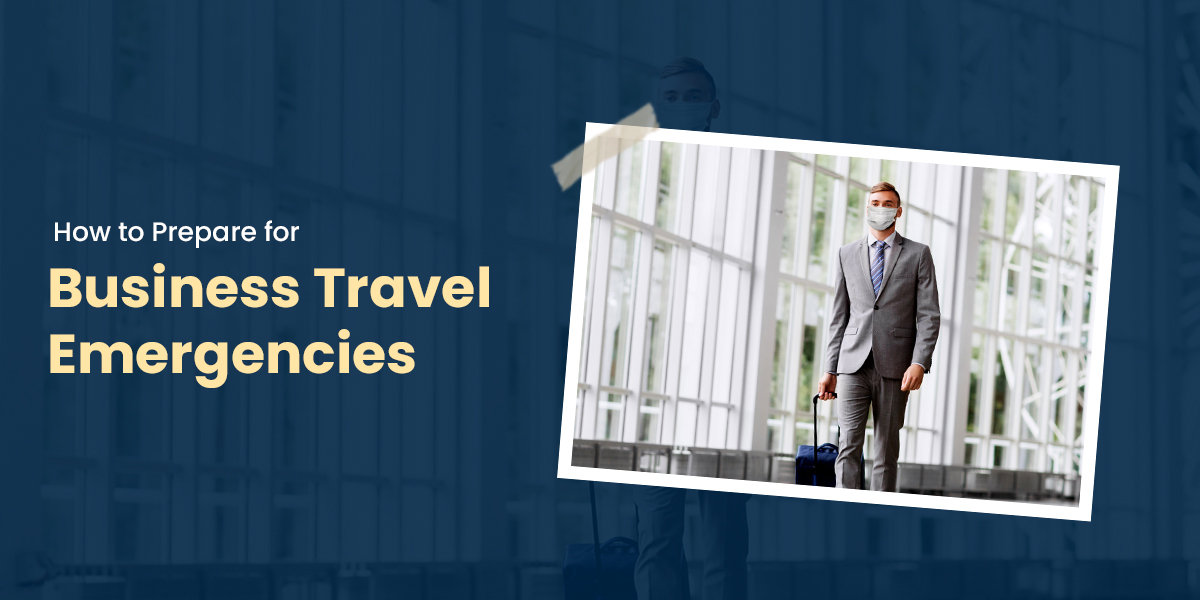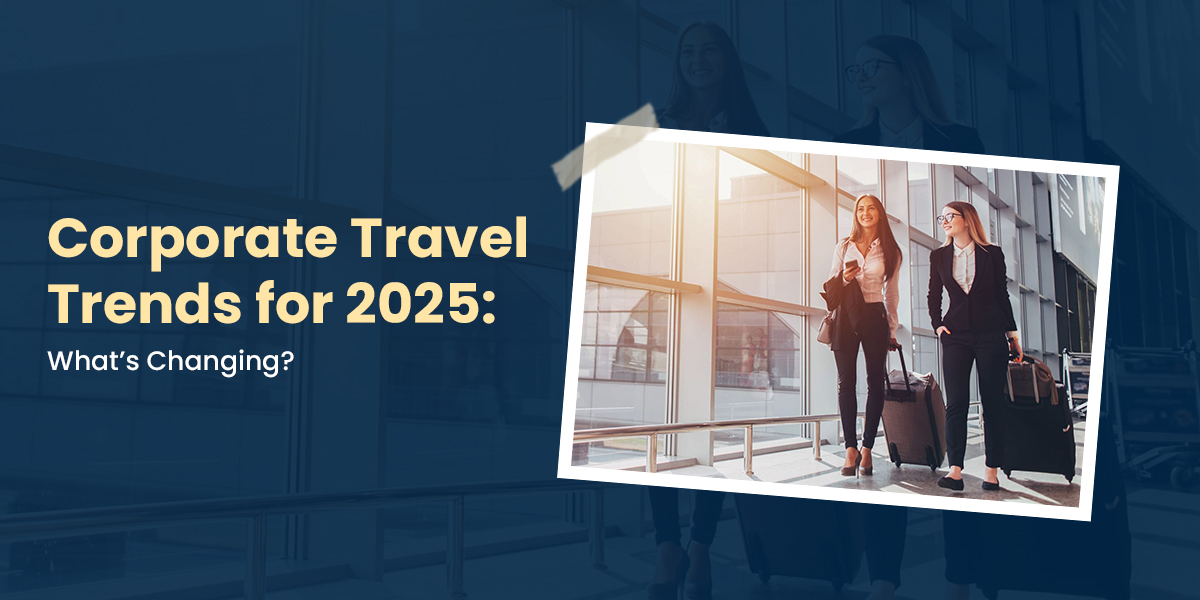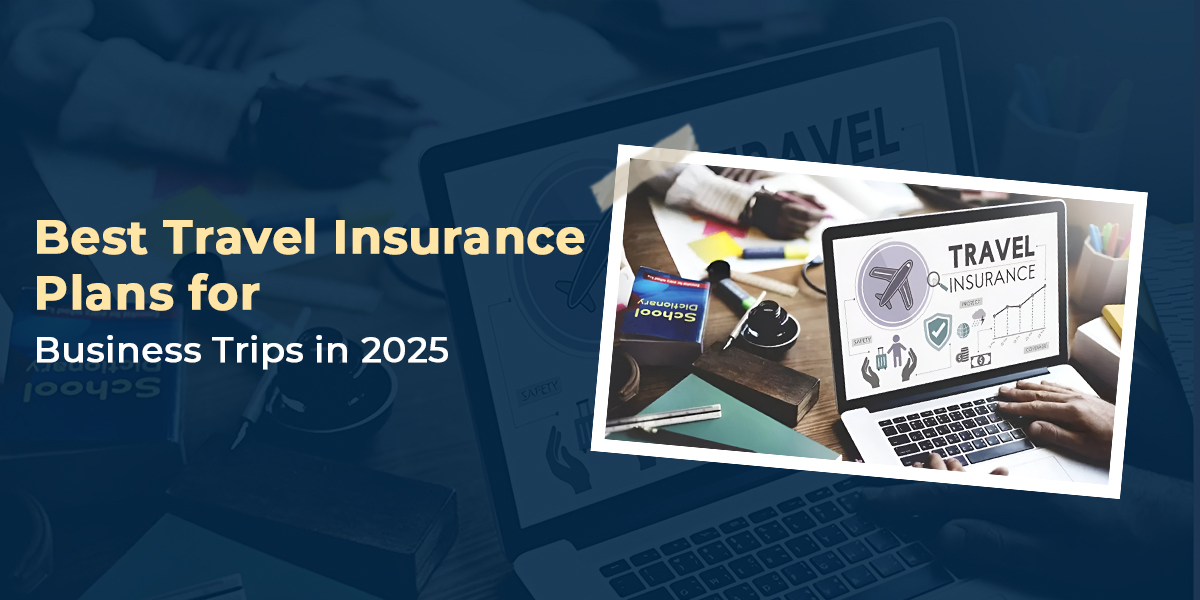As the post-pandemic workplace continues evolving, the traditional business trip is changing as well. Today's lifestyle does not only try to marry work and leisure but also value the both at the same time. The conventional red-eye flight and calendars back to back isn’t the only way professionals want to spend their time traveling anymore. It is now deemed as an opportunity to foster balancing personal lives and work.
As self-care continues to grow in importance, budgets are better utilized by extending work-related travel into personal time. The age-old hustle culture is a thing of the past and multitasking along the ability to reflect is now preferred. Understanding the need for equilibrium is applauded.
Why Workcations Are Gaining Popularity

Flexible work arrangements have given the modern employee the freedom to step outside the rigid frameworks of an office, even to a different country. This means that travel is no longer limited to either business or leisure. Travel has transformed into an intentional space to recharge.
Benefits of converting business travel into workcations-
Helps overcome burnout while improving mental wellness.
Facilitates deeper attention due to the change in scenery.
Increases creativity through exposure to new people, cultures, and ideas.
Long-distance travel becomes more worthwhile and cost-efficient.
Offers a more engaging professional experience in comparison to traditional travel.
Understandably, employers who advocate workcations stand to gain higher employee retention, satisfaction, and performance. It’s a simple change with tremendous impact.
Step 1: Selecting the Location

The right location serves as the first step to achieving a successful workcation. While primary work-related tasks do dictate the first stop, it is the secondary locations that will determine how well your extended stay is.
Reliable internet connection and power backup: Non-negotiables for remote work.
Comfortable accommodation with a distinct workspace.
Corresponding time zones with your home office or clients.
Accessibility to places you enjoy, like beaches, hiking, museums, restaurants, etc.
Accessibility to healthcare, safety, and transportation
When your professional duties take you to Paris, spend a weekend in Bordeaux. If a conference is in Tokyo, extending the trip to discover Kyoto or Okinawa is a good idea. This way, your enjoyment is maximized and your responsibilities are smoothly handled.
Step 2. Communicate Your Plans Properly
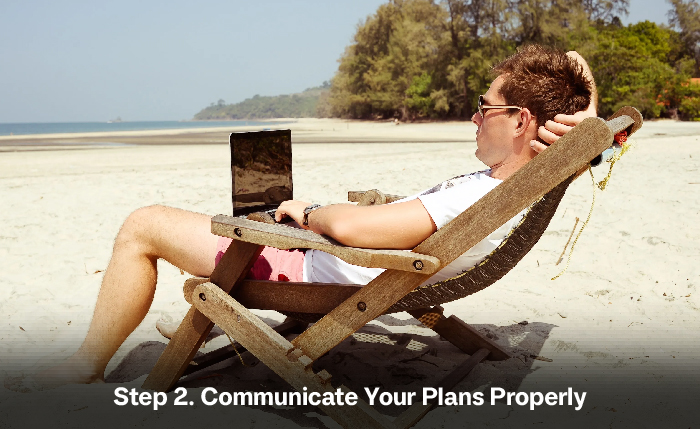
To avoid being misunderstood, have an aligned understanding with your employer or clients. There won't be issues as long as expectations are communicated.
What to do-
Share your travel and availability timetable with your calendar
Block your working time for the day on your calendar
Clarify any hours that you will be offline due to personal time or travel
Set necessary out-of-office replies to leisure extensions
During periods when teams know when and where they can contact you, and confirm that your deliverables are ready, their support to your plan will increase greatly.
Step 3: Balancing Rest and Work Responsiveness
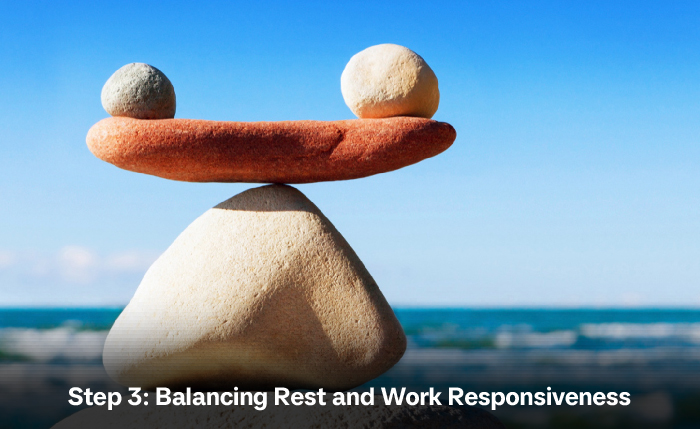
Comfortable chairs and stable internet are necessary for productivity supporting work, but if your hotel room is stylish, it becomes counterproductive. On the other hand, a home office that resembles an apartment will not provide relaxation.
Ideal accommodation features of a workcation:
An ergonomic seating arrangement with adequate light, an uncluttered workspace and appropriate illumination
Sufficient power outlets and high-speed internet access
Local restaurants of high quality or a kitchenette
A gym or garden with wellness facilities
Business or co-working centres
Airbnb, Outsite, and Selina offer the right combination of comfort and productivity for offices on the go.
Step 4: Plan Out Your Day Strategically

Managing time effectively is a prerequisite for a workcation. Working too much or too little will inevitably occur without the structure of an office. I would recommend following a simple daily routine in order to increase productivity whilst still enjoying your surroundings.
Example schedule for workcations-
8:00 AM – 1:00 PM: Working hours
1:00 – 2:00 PM: Lunch and short walk to stretch legs
2:00 – 4:00 PM: Responding to emails and attending client calls.
4:00 PM onward: Relax, take a class, or wander about.
Aim to be consistent while hovering into spontaneous territory. Flexibility is one of the perks of a workcation.
Step 5: Employ Smart Devices for Effortless Remote Work
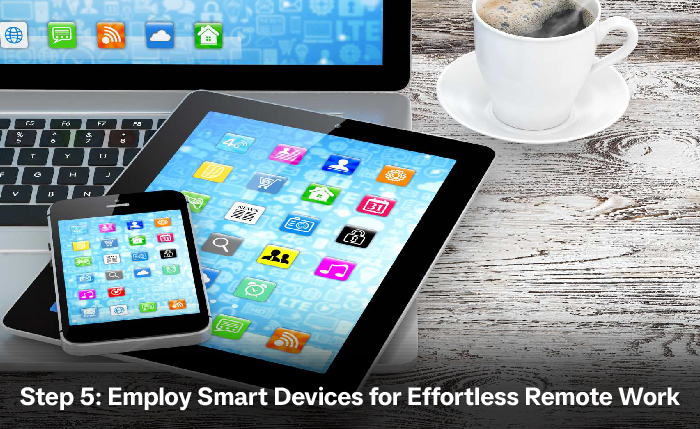
Workcations require some digital assistance, from things like team communication to time zone differences. The good news isthat tech nowadays is quite helpful.
Essential applications and Tools:
Real-time collaboration on Slack or Microsoft Teams
Team meetings on Zoom or Google Meet
File storage on Google Drive or Dropbox
Project management on Trello, Asana, or Notio
Sync your meetings globally with World Time Buddy
One of the best Workcation Tips is testing your tech setup as soon as you reach the site, that way you don’t face any unpleasant surprises before a crucial video call.
Step 6: Place Importance Wellness & Mental Recharge
Don’t forget; “workation” is intended to feel distinct from the regular workweek. Focus on wellness routines during the day especially when you’re away from home.
Easy ways to incorporate wellness:
Stretch or meditate first thing in the morning
Have local and fresh meals
Take nature breaks
Stay away from screens after working hours
Thought or gratitude journaling
Whether it’s a walk on the beach or a slow mountain coffee, give yourself a moment to relax. Remember that wellness gives focus.
Step 7: Look into Networking and Local Culture 
Your next work assignment can be an opportunity to connect with new people and experience everyday life in a different location, which can do wonders for your creativity.
Workcation Suggestions That Allow You to Engage Locally:
Go to a meeting relevant to your profession or attend a local seminar
Go to a co-working venue that has community events
Enroll in a cooking or a language class
Volunteer for a day with a local nonprofit organization
Your experiences will equip you with creativity, perspectives, stories, and new connections beyond just photographs.
Remote Work Travel Is the Future
The current workforce places mobility and global operations at the center of its priorities. For that reason, Remote Work Travel is eventually going to be more than just a company perk, but instead, a lifestyle embraced by the body of professionals.
Realizing a life well lived doesn’t have to be a choice that comes at the expense of completing job responsibilities is an awakening that’s hitting professionals across the globe, from s C-level officers to freelancers hired by startups. Meeting quarterly? Do it in Munich and spend the weekend in the Alps. Need to host a workshop? Do it virtually from Bali while attending timely team calls
What really matters is how you approach a task — smart work. Intentional mobility and intentional recapturing of energy works wonders.
Live Better, Travel Smarter
Transforming a business trip into a workation is more than just a fancy way of extending your visit. Workations advance the opportunity for balance during a professional journey, creativity, artistry, and well-being.
So, answer this question before you take off for a training or a client meeting: “How do you explore while creating value as opposed to just visiting?”
Because come 2025, work would no longer be defined by a destination, you “go” to. Work will be the tasks the employee brings along, no matter where he is.
